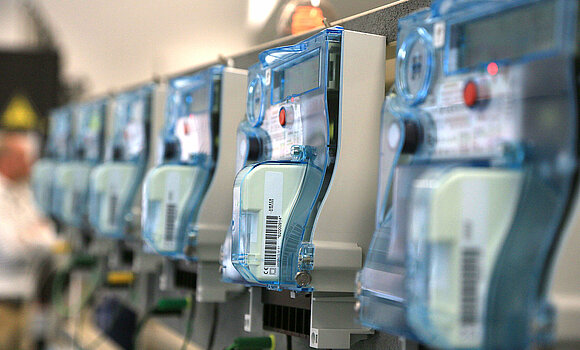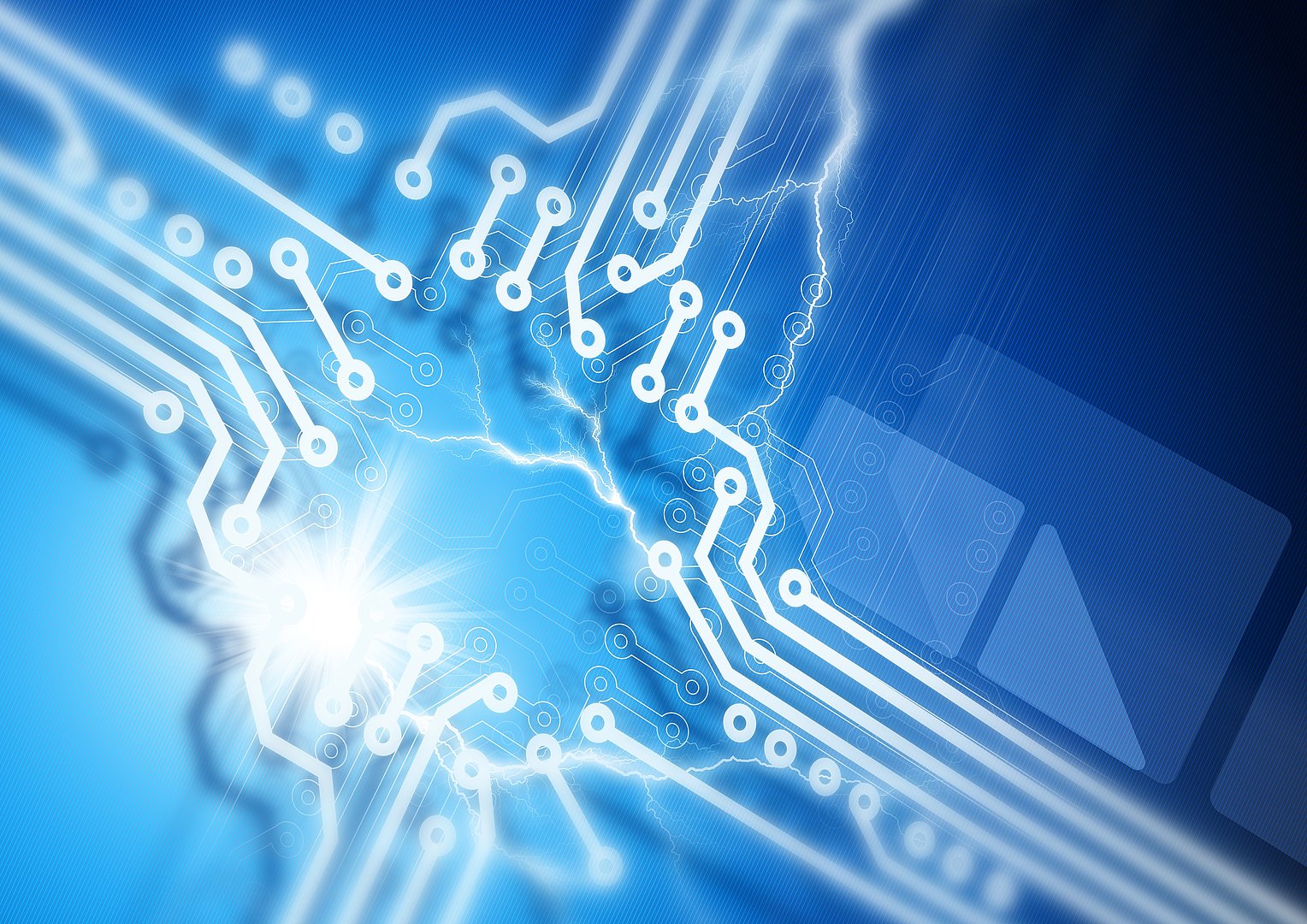Digitalisation: why we need a smart power grid
The energy transformation will not only require major efforts by power generation companies; huge growth in photovoltaic, wind and hydro generating capacity will be necessary by 2030 if renewables are to fully satisfy Austria’s electricity needs. This will also bring about significant challenges for system operators. In addition to large-scale power stations that inject electricity directly into the top grid level – the transmission system – large numbers of small and medium-sized plants, such as PV facilities and wind turbines, will have to be connected to the grid via the distribution networks. What’s more, the amount of electricity generated at these stations depends heavily on weather conditions, and can fluctuate widely over the course of a day. This is making it more difficult for system operators to maintain balance in their systems. The solution? Greater digitalisation aimed at making the electricity network smarter.
From roller counters to digital displays
Many Austrian households still have mechanical Ferraris electricity meters, with analogue roller counters that show the number of kilowatt hours consumed.

Over the coming years they will be replaced by digital meters. Visits from meter readers will become a thing of the past, as the new smart meters can be read remotely. They also continuously record data on energy consumption and capacity. Readings are taken once a day, or, if requested by the customer, every 15 minutes. Energy suppliers receive the data once a month so that they can issue the invoice – so unexpected back-billing will also soon be consigned to history. And the data recorded will also play a part in helping to keep the power grid stable.
This is because forecasting consumption as accurately as possible is key to ensuring supply security. When and where will large volumes of electricity be needed – and when and where is a certain amount of electricity likely to be available? The more precise the information available in advance, the easier it is to balance out differences between generation and consumption. In future, many consumers will generate their own power, for example with rooftop PV systems, and inject any excess electricity into the grid. This will make it increasingly difficult to prepare accurate forecasts – but streams of reliable, up-to-the-minute data help to counteract this problem.
Making optimum use of the electricity network
The aim is to make the European electricity network smarter in the future, which will also lead to changes in the role played by system operators. Besides operating and extending power networks, system operators are responsible for managing data flows between electricity consumers, traders and generators, as well as storage facility operators. This high level of integration will put consumers such as industrial enterprises in a position to respond to the current grid situation, allowing them to reduce their consumption when less electricity is available, and vice versa.
This will also make it easier to integrate new consumers into the system, such as e-vehicle charging points as well as highly efficient heat pumps that can generate heat from electricity. In this way, the latest technology can help us to make more effective use of existing infrastructure.
New possibilities for electricity customers
Smart meters are an essential part of a decentralised electricity system. Without them, it would be impossible to fully integrate every small PV system installed on the roofs of houses across the country. But thanks to electronic meters, consumers can see how much electricity they are using – and how much they are generating – at any time in the comfort of their own home.
Besides enabling active and highly accurate energy management, this will also open up new possibilities. For instance, households that produce their own electricity will be able to join up with others to form local energy communities where power is jointly produced and consumed. But energy communities are not only an option for people with their own generating facilities – consumers can also take part and buy locally generated green power.
Smart meters will deliver a host of other benefits for customers, too: they will make it easier to identify devices that use large amounts of power, allowing smart consumers to turn on those devices when large quantities of electricity are available. One example: electric vehicles can be recharged when electricity is cheaper.
Paving the way for flexible electricity prices
This comes courtesy of flexible tariffs that enable customers to benefit from price movements on the electricity markets. Meanwhile, digitalisation of the electricity system will open up entirely new business models for suppliers. To ensure that sensitive consumption data are handled securely, the Austrian electricity industry, in consultation with smart-meter manufacturers, has drawn up strict standards that go far beyond the EU General Data Protection Regulation (GDPR).


